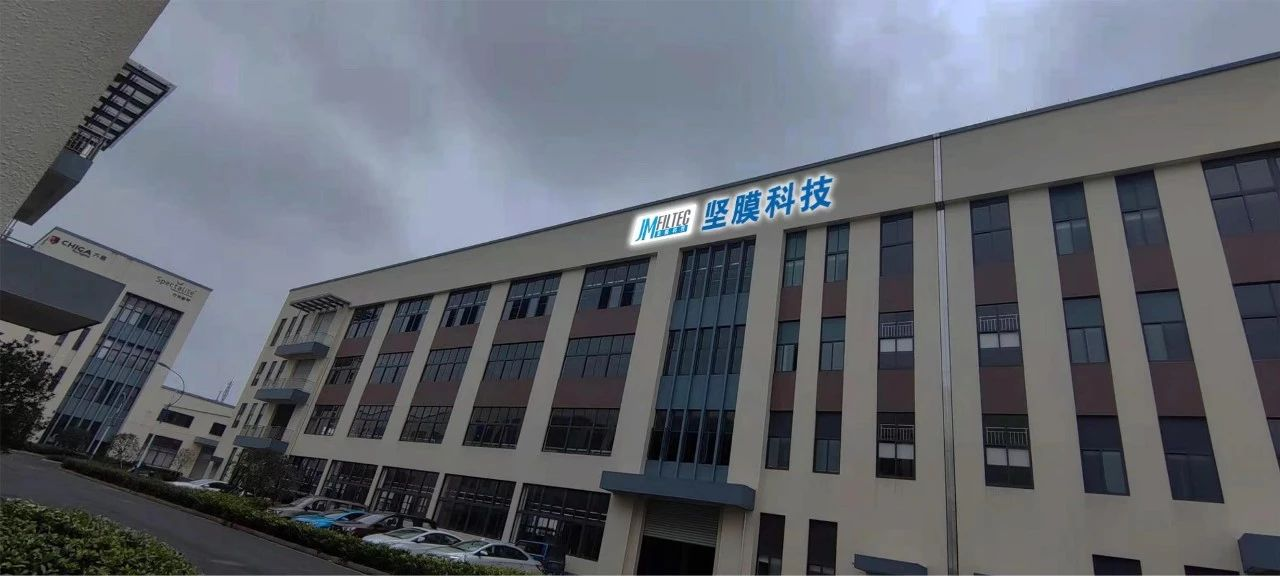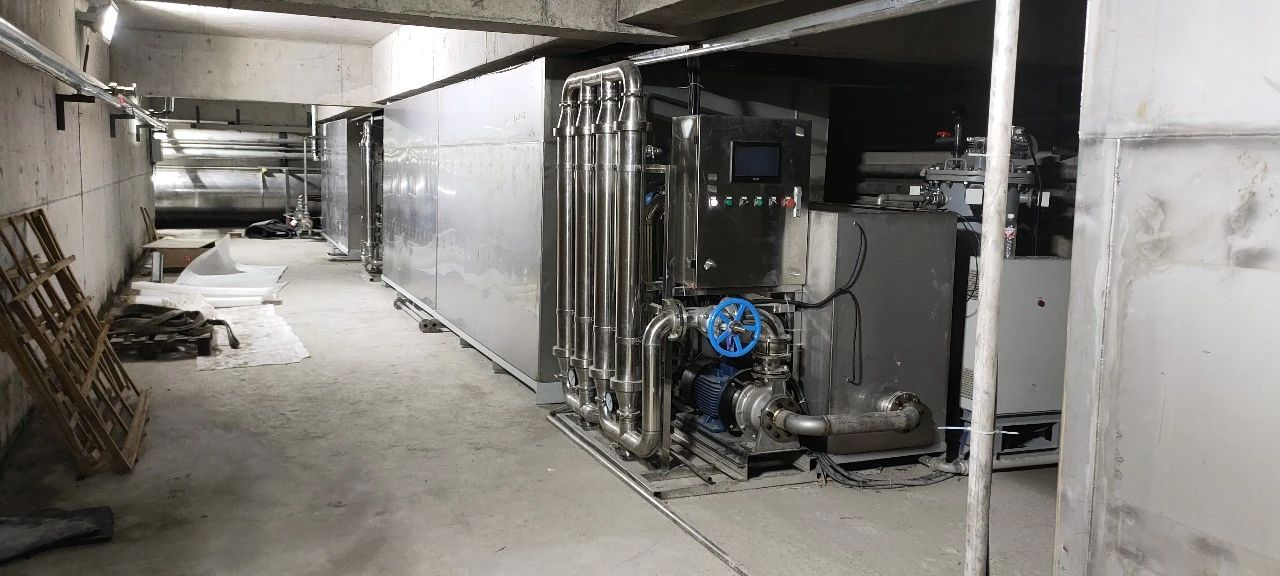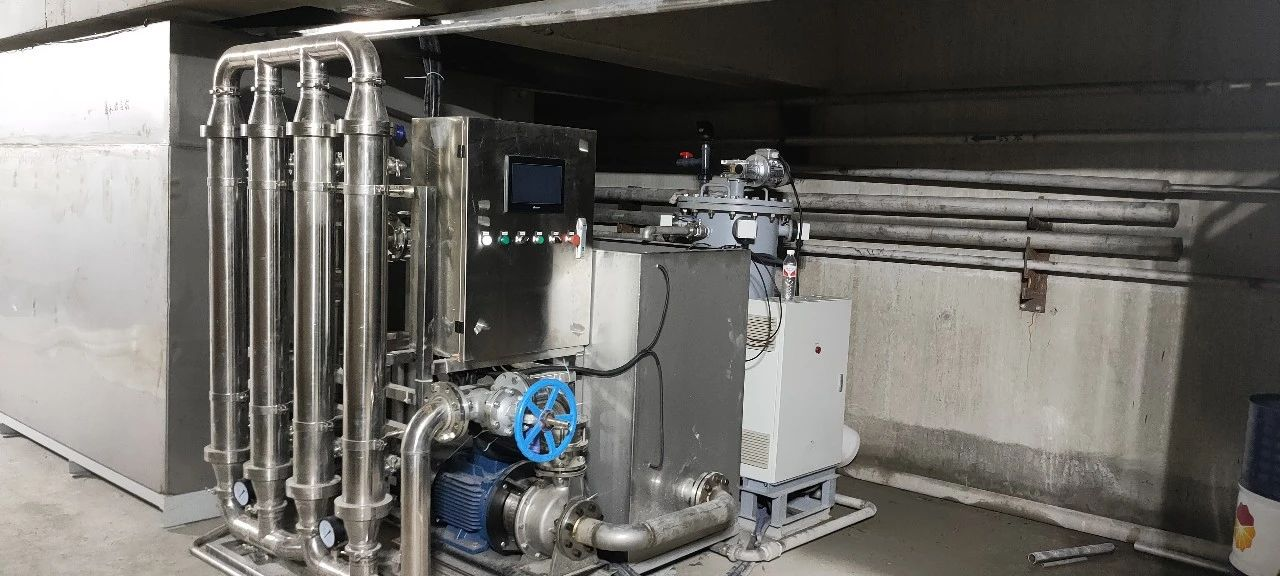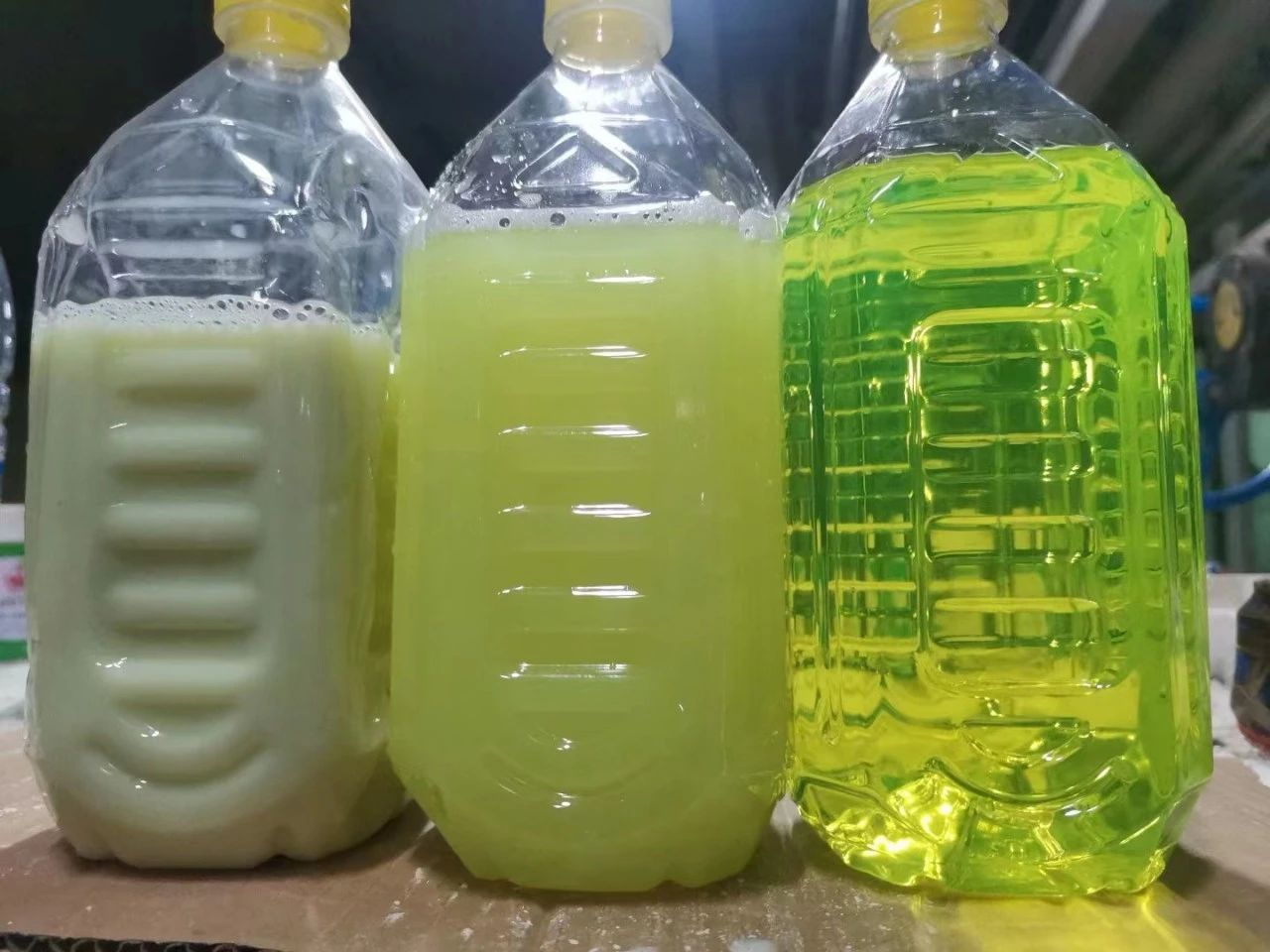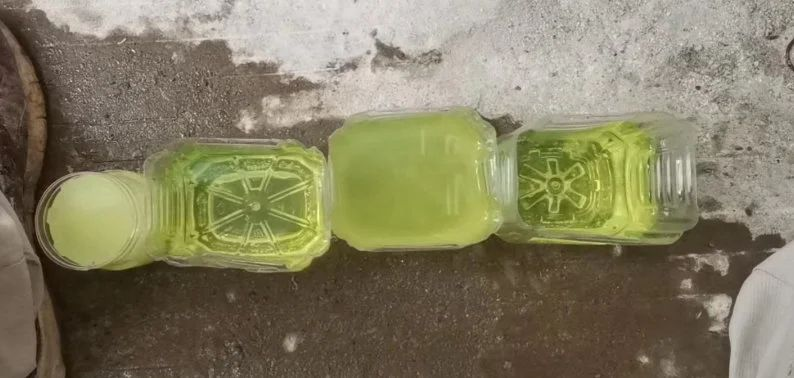18072885002
Application of silicon carbide membrane in the resource utilization of liquid hazardous waste
-Zhejiang Jianmo Technology Co., Ltd-
The previous article shared the application of silicon carbide ceramic membrane in the silica sol concentration industry. In this article, we will talk about the application scenarios of silicon carbide tubular membranes in liquid hazardous waste.
In the processing of metals, glass, and plastics, various processing fluids are indispensable, such as cutting fluids that provide lubrication and cooling, and cleaning fluids that provide cleaning effects.
There are two options for users to dispose of liquid hazardous waste:
1、Outsourced disposal reduction;
2、Reuse after purification and regeneration.
Outsourced disposal reduction essentially involves concentrating and dehydrating liquid hazardous waste.
After purification and regeneration, reuse essentially extends the service life of the processing fluid, thereby reducing the amount of liquid hazardous waste generated per unit cycle.
The reduction in outsourced disposal will save on disposal costs; After purification and regeneration, reuse saves the amount of fresh processing fluid used plus disposal costs.
For outsourcing disposal reduction, it is recommended to use low-temperature evaporation process equipment.
Today, we will focus on sharing the application of silicon carbide membrane in the resource recycling of liquid hazardous waste.
# Case One
Regeneration capacity 10 × 10 tons/day · set
We conducted a three-month pilot test at the site of Party A, and the degreasing solution can meet the standards for reuse after being filtered by a silicon carbide membrane.
Rinsing also requires pre-treatment through electrocoagulation process, followed by filtration through silicon carbide membrane to meet the standard for reuse.
# Case 2
Regeneration capacity 4 × 100 tons/day · set
A domestic listed company uses a combination process of centrifuge and silicon carbide ceramic membrane to recycle and regenerate glass grinding fluid when producing mobile phone glass screens.
The original liquid is turbid, and the filtered out liquid is transparent
The core purpose of the resource utilization and regeneration of liquid hazardous waste is to effectively remove impurities (particles, oils, bacteria, etc.) brought in by fresh processing fluid during use, while maximizing the retention of the effective components of the fresh processing fluid. Of course, the active ingredients of fresh processing fluid will also be lost during use. Regenerated processing fluid can recover its performance by adding a certain proportion of fresh processing fluid.
For the removal of extremely fine particles, centrifuges have limits (generally ≥ 0.5um). Ceramic membranes can compensate for the shortcomings of centrifuges in terms of filtration accuracy.
Oil contamination is a recognized pain point in membrane separation products. But it is precisely the itching point of the silicon carbide membrane. Setting aside cross flow filtration technology, oil resistance, easy cleaning, and ideal and stable operating flux are the core values of silicon carbide membrane products.
The durability of silicon carbide membrane, combined with the brief process flow of electrocoagulation or centrifuge, can create huge value for users.
The recycling of various types of liquid hazardous waste resources, such as cleaning and rinsing liquids for metal products, processing liquids for optical and electronic glass, and grinding liquids for metal products, is a very advantageous application scenario for silicon carbide membranes.





